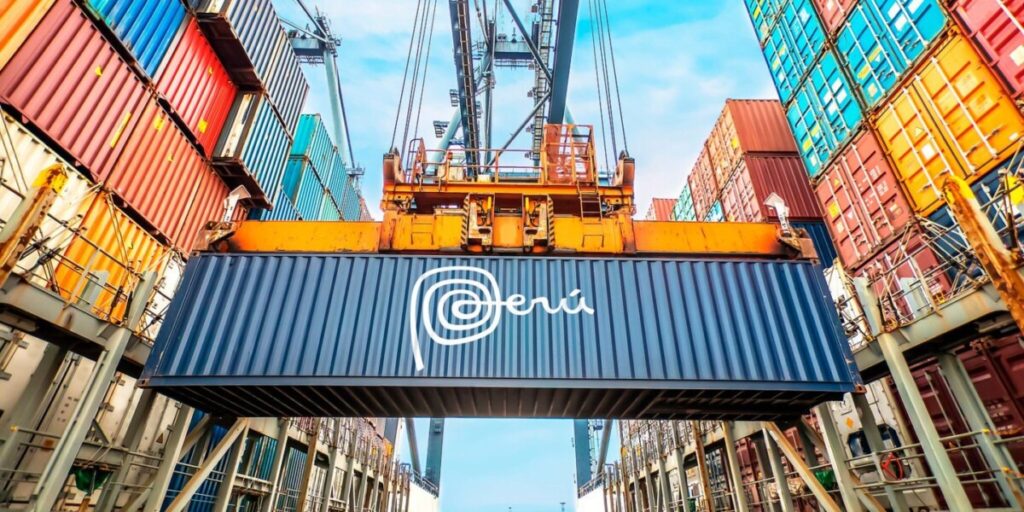Peru has grown economically in many aspects both in imports and exports, and it is true that trade agreements have favored since the 2000 and its economy is also classified as upper level-middle class and is positioned as number 39th as part of one of the largest economies in the world (iContainers, 2020), which is positive for trade agreements that are made abroad and within. Another point in favor is that by 2020, Peru ranked number 50 in the world economy in terms of GDP (OEC, 2022). Despite being the fifth most highly populated country in South America with a population of almost 30 million inhabitants, Peru has remained stable and balanced in its economy (iContainers, 2020), being able to control inflation and also unemployment, despite the different obstacles that arise, which is something very positive and advantageous for one’s company and business.
A good economic index attracts many investors worldwide, but in the free trade agreement Peru has 22 trade agreements in force to date (Dempsey, 2022). These are with: the United States, Cuba, Mercosur, the Pacific Alliance Trade Protocol, the Andean Community, Chile, Canada, Singapore, China, Thailand, Mexico, Japan, the countries of the European Free Trade Association (EFTA) , South Korea, the European Union, Panama, Costa Rica, Venezuela, Honduras, Australia, United Kingdom (MINCETUR, 2022). Due to the conflict between Russia and Ukraine, these trade agreements were affected and fell to 1.1% (MINCETUR, 2022).
The United States becomes the largest and most important trading partner of Peru, and they had a free trade agreement between the two countries signed in 2006, where it eliminates tariffs and removes trade barriers for U.S. services, to provide security, legal framework for investors and strengthen protection for intellectual property, the environment and workers (USTR, 2022).
Imports
In the first quarter of 2022, imports into Peru increased by 22.3% compared to the same period in 2021. These totaled USD 14,093 million; while in 2021 the imported value was USD 11,527 million (ComexPeru, 2022) and this due to the rise in prices worldwide. The main goods and products that are imported into Peru are petroleum or petroleum products, also chemical products, machinery, plastic, corn, wheat, vehicles, soybean products, cotton, medicines, paper, televisions, and many of these imports come from China, United States and some partners such as Argentina, Chile, Ecuador, Mexico, Brazil, Japan and Colombia (OEC, 2022) and for 2020, Peru was the largest importer of Sulfides.
Exports
The country is known mainly for its metal and mineral deposits, such as gold and copper, and also its agricultural production. Minerals being their largest export products, such as Copper Ore, Gold, Refined Copper, exporting them mainly to China, the United States, South Korea, Canada and Japan (USTR, 2022). Another fact is that for 2019, Peru was the United States’ 29th largest goods export market (USTR, 2022).Other products that are also exported from Peru that are also recognized although not at the level as those already mentioned are food industry waste, coffee, crochet clothing/accessories, molybdenum, asparagus, fruits (mangoes, avocados, bananas, citrus fruits), textiles, fabricated metal products (iContainers, 2022). Note: add links to references



